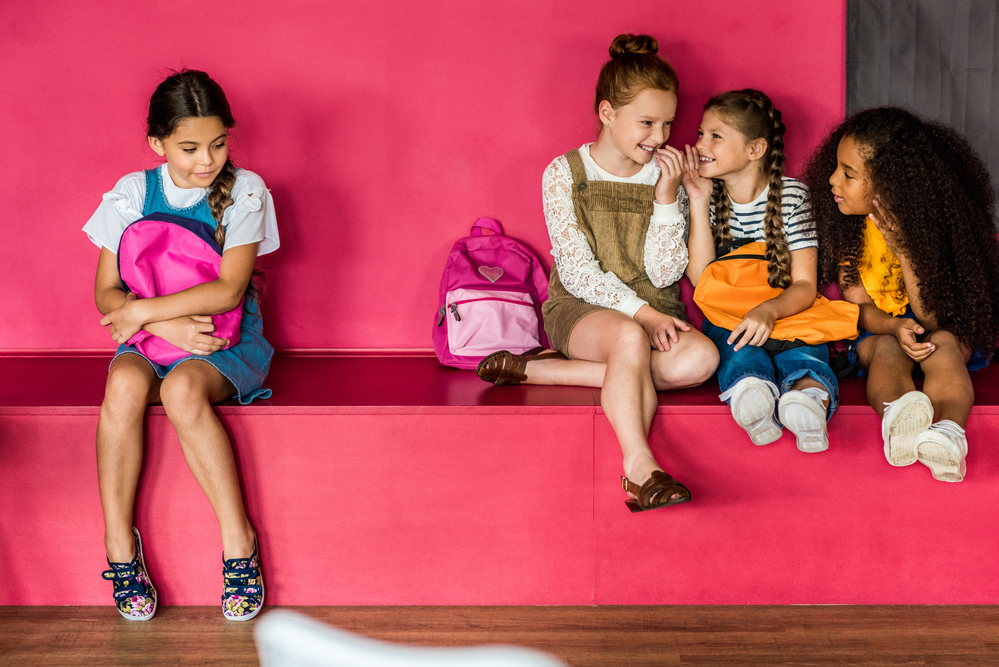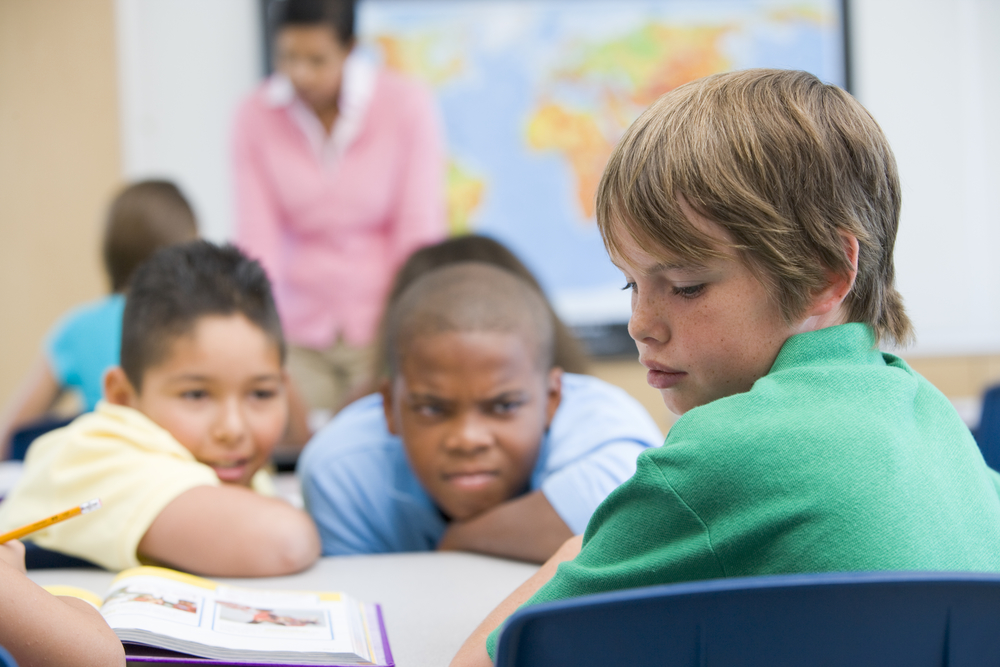The term bullying is an emotive term often used to describe negative interactions between two children or two adolescents. It is important to understand the difference between bullying behaviour and bad behaviour as they are not the same thing. The term bullying can often misrepresent behaviours and relationships between children and adolescents.
So let’s explore the difference between the term bullying and the term bad behaviours with particular reference to the behaviour of primary school aged children, those children who are between 5 and 12 approx. Bad behaviour may be an example of a child being naughty. There is possibly a breakdown in a relationship between two children or possibly a child in a teacher. The behaviour could simply be disobedience, it could be distracting a class, or it could be poor behaviour. When we are talking about bad behaviour between peers, examples could be exclusion, it could be teasing or it could be fighting. But these are not necessarily bullying. Bullying however, is repeated, targeted, with a power differential between two people or a group of people and an individual. The power differential could mean a child is bigger than a peer; it could mean they are more intellectual or brighter than another child and use that intellect to bully the other child; or it could be that a group of children are targeting an individual and as such are bigger in number. Common forms of bullying might include repeated teasing, repetitive exclusion, name calling or possibly some physical aggression.
Often people use the term bullying for the first negative interaction between two children – that is not bullying. People looking after children who display such behaviours must ask themselves, and possibly ask the child, where they learnt such bullying behaviours. It is not uncommon for children with older siblings to learn behaviours which are inappropriate in a social context. It is less common for the eldest child of a family to display such behaviours because they may not have had exposure to such behaviours in a social setting.
In today’s modern world technology does play a part in bullying as well as bad behaviour in upper primary school settings, but more commonly in in high school. In upper primary school children really shouldn’t have access to social networking sites – however some do! Children often can make comments that are derogatory, harmful and hurtful and if this is repeated and targeted then this is certainly a form of bullying for our children. It’s much easier to say things online than it may be to say face to face. Even excluding peers from group chats may be considered a form of bullying if it does meet the criteria.
So how do we respond if children complain or express their concern to their parents or to their teachers that they are being bullied. First we MUST listen to children and reassure them that parents and teachers want them to be safe. We must listen and believe the children cautiously. (It is not uncommon for children to share and elaborate on the stories to get attention.) When I say listen cautiously with our own filters. We need to find evidence as to whether or not their stories are true. Parents can ask staff for their observations are about the child’s behaviour and about the interactions with particular peers. If the school stories indicate the bullying exists for the child, then the school needs to take responsibility for managing that at school.
If the child needs more support than school or parents can provide then parents are encouraged to take their child to see some behaviour expert, psychologist or counsellors. We need to monitor a child’s behaviour and ensure they are safe happy and healthy.
Just to restate the difference between bullying and bad behaviours: bullying is targeted behaviours that is repeated, where there is a power differential between an individual and a peer or an individual and a group of children. Bad behaviour is a breakdown of relationships between two children or between a child and a teacher that may be a one-off, or repeated behaviours with different people.
We must understand that conflict is a part of human life and how we manage our conflict is an important life lesson. We need to upskill our children to manage their behaviours and to deal with negative behaviours that they may come across in their life. This will build resilience in our children and give them good relational skills as they grow in to adolescents and young adults.
You may also like to read:









